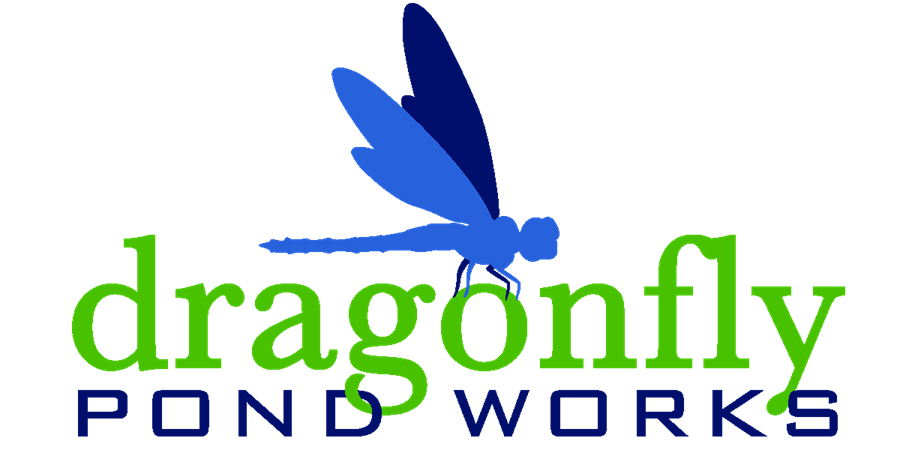Durham Stormwater Wetland: 11,000 Aquatic Plants Installed by Team Dragonfly
Stormwater wetland in Durham is planted with 11,000 aquatic plants by Team Dragonfly.
Mickey St. Clair- Corrective Division Manager
Stormwater wetlands are a highly effective stormwater control measure that maximize beauty, natural habitat, and pollutant filtration. These stormwater systems are much more vegetated in comparison to other stormwater systems like wet or dry ponds. The presence of so much vegetation in the wetland results in greater removal of nitrogen and phosphorus. Stormwater wetlands also reduce the risk of flooding, have less stagnant or pooling water, attract wildlife including dragonflies that provide natural mosquito control, and add aesthetic value to the community.
Example of a large constructed stormwater wetland
Dragonfly’s Durham stormwater management team recently installed native aquatic plants in a newly constructed Durham stormwater wetland. They planted 11,000 plants, including 9 different varieties of plants designed for the different elevations throughout the constructed wetland. The elevation differences and plants increase the effectiveness of the wetland as a stormwater device.
Durham Stormwater Wetland Planting Process:
The Dragonfly stormwater experts started out by installing 3” of topsoil throughout the converted basin. The topsoil that was installed will help the plants grow and flourish.
One of the greatest challenges of the project was heavy rain that caused the basin to fill prior to the installation of the plants.
Following heavy rain, the stormwater crew pumped the basin dry. Pumping the wetland dry allowed Dragonfly to resume the work of installing the plants and stay on schedule for our client.
This is a portion of the 11,000 plants that were installed. The varieties included Button Bush, Switchgrass, Blue Flag Iris, Rose Mallow, Lizard’s Tail, Pickerel Weed, Pond Lily, Square Stem Bulrush, and Softstem Bulrush.
The two varieties of Bulrush, along with others, were planted in the shallow water areas in the constructed wetland.
An auger was utilized to bore holes in the basin for proper planting depth of the Button Bush on the shallow land portion, along with the other beneficial plants, throughout the stormwater control measure, or BMP.
The plants were laid out prior to installation to ensure proper spacing so that the stormwater device will function as designed.
Switchgrass was also planted along the perimeter of the wetland.
Another challenge of the project was the presence of geese during Dragonfly’s process. Goose fencing was installed to deter geese from the wetland basin and protect the plants while they take root.
Pickerel Weed (above) and Blue Flag Iris (below) are two kinds of plants utilized in the Durham constructed wetland.
This is an example of an established, thriving stormwater wetland. Dragonfly installed the native aquatic plants in this wetland several years ago and continues to provide routine stormwater maintenance. With proper routine maintenance, the Durham stormwater wetland will also turn into a flourishing ecosystem.
It is critical that wetlands receive regular maintenance from experienced stormwater specialists. These knowledgeable experts will help the right aquatic plants thrive while keeping nuisance or invasive vegetation out. Landscaping crews are not trained in the maintenance of aquatic systems and may inadvertently cut beneficial plants while allowing the growth of problematic vegetation. Whether you are in need of construction, planting, maintenance, or all three, the Dragonfly Team has the expertise to maximize the beauty and effectiveness of your stormwater wetland. Contact us to learn how we can create and maintain your stormwater system.
Wetland Aquatic Planting and More!
See Dragonfly’s process to restore an overgrown Charlotte dry pond. Learn about Dragonfly’s integrated pest management strategies utilized as part of a comprehensive, customized maintenance plan.
Subscribe to our newsletter to receive informative and engaging news delivered right to your inbox.
Find us on Facebook, Twitter, Instagram, and LinkedIn for news, events, and more!
Dragonfly Pond Works is a lake, pond, and stormwater management company. We provide stormwater maintenance, stormwater control measure/BMP repair, and more throughout North Carolina, in Charlotte, Durham, Raleigh, Cary, and Wilmington. Our pond and lake maintenance services can be found throughout Florida, in Tampa, St. Petersburg, Naples, Sarasota, Fort Myers, and Orlando. We also provide lake and pond maintenance in Myrtle Beach, Charleston, Rock Hill, and Columbia, South Carolina, Atlanta, Athens, and Savannah, Georgia. We strive to develop long-term relationships based on quality work, timely service, cost-efficiency, and of course, trust. Please contact us to learn more.












